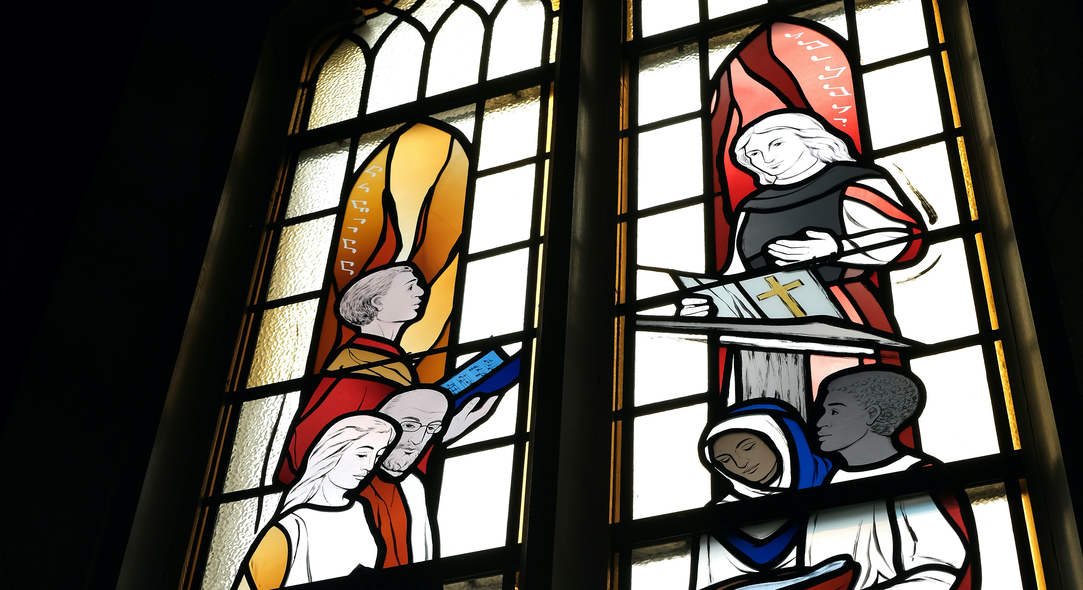Hymn #9
The Play of the Godhead
Author: Mary Louise Bringle (b. 1953)
In contrast to the usual procedure in which a text is written and a tune is created for it, this text was written to provide words for a tune that had none. Because the author heard in the music the pattern of a threefold dance, she made an association with the early church’s description of the Trinity with the term perichoresis, a Greek term derived from roots for “dance” (chore) and “around” (peri). Such an understanding of the Trinity emphasizes the equality and interrelationship of the Three Persons and avoids some of the hierarchical difficulties inherent in other models. This text is therefore dealing with what is known as the immanent Trinity; that is, the eternal of self-referent Trinity, rather that the economic Trinity, the way in which the Trinity acts with regard to created things, especially human beings.
The second stanza of this text specifically alludes to problems that arise from some images proposed for understanding the Trinity: “steam/water/ice” or “root/shoot/fruit.” Although such models are tripartite, they are subhuman and lack sentient being. Andy adequate model for the Trinity needs to be at least human, yet even human beings are not able to represent the full mystery of Divine Being.
An approximation of God’s unity and diversity comes from the experience of dance. Such a combination of movement and music offers a suggestion of the active interrelationship of the Trinity within the bond of love. In turn, such an understanding of the Godhead has significant implications for what it means for human beings to be created in the image of God.
This 11.11.6.5.11.11 text functions like five eleven-syllable lines with regard to rhyme, which follows the pattern aabbb. The word order is never inverted, though patterns of apposition and occasional enjambment may need attention. Careful and imaginative use of language is evident throughout the text, especially seen in the balance given to the terms Three-In-One and One-In-Three.
-From Glory to God: A Companion by Carl P Daw, Jr.



